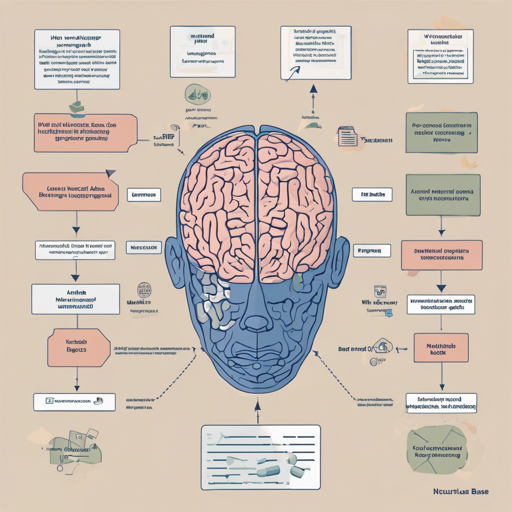Welcome, dear readers! Today, we embark on a journey through the fundamentals of utilizing the BERT (Bidirectional Encoder Representations from Transformers) base model, which is a fantastic tool for various natural language processing (NLP) tasks. Whether you’re venturing into masked language modeling or next sentence prediction, this guide will assist you every step of the way.
Understanding BERT: A Quick Analogy
Imagine you’re a detective trying to solve a mystery. You have a series of clues (words) scattered across various scenes (sentences). In a traditional approach, you might look at the clues one by one, making it difficult to see the bigger picture. However, BERT acts like a master detective who can examine all clues simultaneously, even masking certain words to uncover their meanings in context.
In technical terms, BERT is trained using two specific strategies:
- Masked Language Modeling (MLM): BERT randomly masks some words in a sentence, and its job is to guess the masked words, akin to solving a puzzle with missing pieces.
- Next Sentence Prediction (NSP): BERT evaluates whether two given sentences logically follow one another, hence acting as a context-aware investigator.
How to Use the BERT Model
Follow these steps to effectively utilize the uncased BERT base model:
1. Setting Up Your Environment
You need to install the Transformers library by Hugging Face, which hosts pre-trained versions of BERT. You can do this via pip:
pip install transformers2. Using the Model for Masked Language Modeling
Here’s how you can fill in the blanks in a sentence:
from transformers import pipeline
unmasker = pipeline('fill-mask', model='bert-base-uncased')
print(unmasker("Hello I'm a [MASK] model."))This code snippet creates a pipeline that identifies and predicts the masked word.
3. Extracting Features from Text
Let’s dive into extracting features using PyTorch:
from transformers import BertTokenizer, BertModel
tokenizer = BertTokenizer.from_pretrained('bert-base-uncased')
model = BertModel.from_pretrained('bert-base-uncased')
text = "Replace me by any text you'd like."
encoded_input = tokenizer(text, return_tensors='pt')
output = model(**encoded_input)4. Using TensorFlow for Features Extraction
For TensorFlow users, here’s the analogous approach:
from transformers import BertTokenizer, TFBertModel
tokenizer = BertTokenizer.from_pretrained('bert-base-uncased')
model = TFBertModel.from_pretrained('bert-base-uncased')
text = "Replace me by any text you'd like."
encoded_input = tokenizer(text, return_tensors='tf')
output = model(encoded_input)Troubleshooting Common Issues
As with any technology, you may encounter some bumps along the way. Here are a few troubleshooting ideas:
- If you receive an error stating that the model cannot be found, ensure that you have internet access as the model needs to be downloaded the first time you use it.
- For compatibility issues, check your versions of PyTorch and TensorFlow to ensure they meet the requirements for the Transformers library.
- Model predictions may seem biased at times, especially with gender roles. Be mindful that biases can propagate from training data. To explore bias mitigation strategies, you can refer to relevant literature and communities.
For more insights, updates, or to collaborate on AI development projects, stay connected with fxis.ai.
Wrapping Up
With these tools at your disposal, the power of BERT for natural language processing is now within your reach! Whether you’re looking to analyze text, summarize content, or enhance conversational agents, BERT serves as a robust backbone for many applications.
At fxis.ai, we believe that such advancements are crucial for the future of AI, as they enable more comprehensive and effective solutions. Our team is continually exploring new methodologies to push the envelope in artificial intelligence, ensuring that our clients benefit from the latest technological innovations.
Happy coding!

